When and Why You Should Consider Tree Removal
Trevor Soltys & Paul Kasper
When to Consider Tree Removal
1. Tree Health Issues
One of the primary reasons for tree removal is health-related concerns. Trees suffering from diseases, pests, or decay can pose a significant risk to their surroundings. Signs of decline include dead branches, fungal growth, and visible rot. If the tree is deemed irreparable by an arborist, removal is often the best option to prevent further deterioration and potential hazards.
2. Structural Instability
Trees that exhibit structural issues, such as leaning significantly or having a hollow trunk, may become dangerous, especially during storms or high winds. A leaning tree could fall onto your home, vehicles, or power lines, leading to costly damage and safety hazards. If a tree appears unstable, it's crucial to consult a professional to evaluate its condition.
3. Interference with Structures
Trees that grow too close to buildings, power lines, or other structures can cause various problems. Overhanging branches can damage roofs or siding, and roots may disrupt foundations or sidewalks. In such cases, removal may be necessary to protect your property and maintain its structural integrity.
4. Space Constraints
In urban environments, space is often limited. If a tree is taking up valuable space or blocking sunlight to gardens or other plants, it may need to be removed. Sometimes, removing a tree can create room for new landscaping, patios, or even additional structures that enhance your outdoor living space.
5. Safety Hazards
If a tree poses a risk to human life, it should be considered for removal. Trees near playgrounds, roads, or high-traffic areas that are unstable or damaged can be dangerous. An experienced arborist can help assess the situation and recommend appropriate action.
Why You Should Consider Tree Removal
1. Safety First
The most compelling reason for tree removal is safety. Protecting your home and family from potential hazards is paramount. Removing a tree that poses a risk can prevent accidents and costly damages.
2. Improving Aesthetics
A well-maintained landscape enhances the overall appeal of your property. Removing dead or diseased trees can significantly improve the look of your yard. Furthermore, it can allow for better growth of surrounding plants, which may thrive with increased sunlight and space.
3. Promoting Healthy Growth
In some cases, tree removal can promote the health of nearby plants and trees. Overcrowding can hinder growth, leading to competition for nutrients and sunlight. By selectively removing certain trees, you can create a healthier ecosystem where remaining trees and plants can thrive.
4. Enhancing Property Value
A well-kept landscape contributes positively to property value. Trees that are diseased or unsightly can detract from your home’s appeal. By removing problematic trees, you not only improve the visual landscape but also potentially increase the value of your property.
5. Preventing Damage to Infrastructure
Tree roots can cause significant damage to sidewalks, driveways, and even home foundations. By proactively removing trees that pose a risk to infrastructure, you can save yourself from expensive repairs in the long run.
Conclusion
While trees are vital components of our environment, there are instances where removal is the best course of action. By considering factors such as tree health, structural stability, safety hazards, and the overall aesthetics of your property, you can make informed decisions. Always consult with a certified arborist to assess the situation and ensure that the tree removal process is handled safely and effectively. Prioritizing safety and health can lead to a more beautiful and functional landscape for years to come.
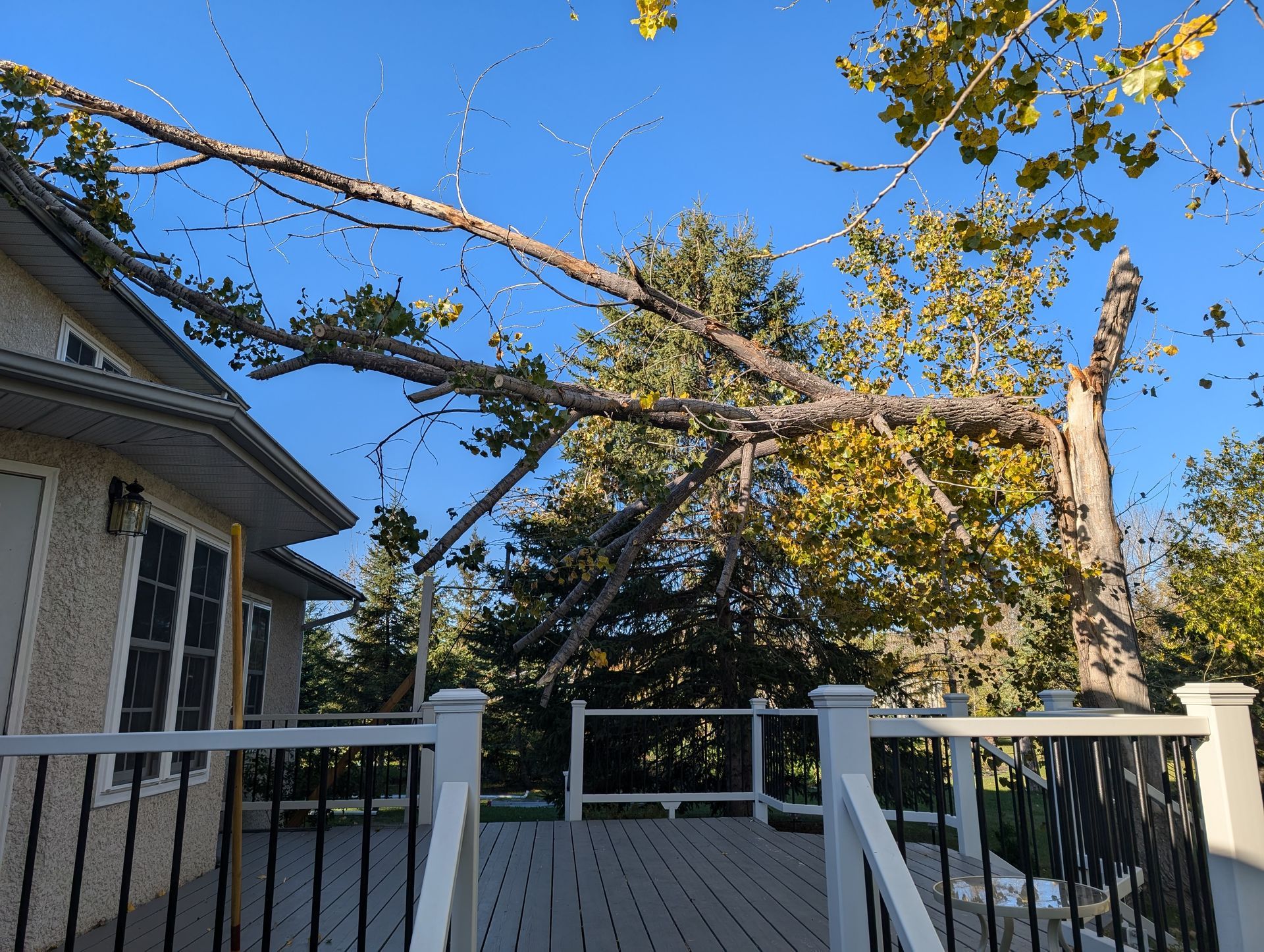
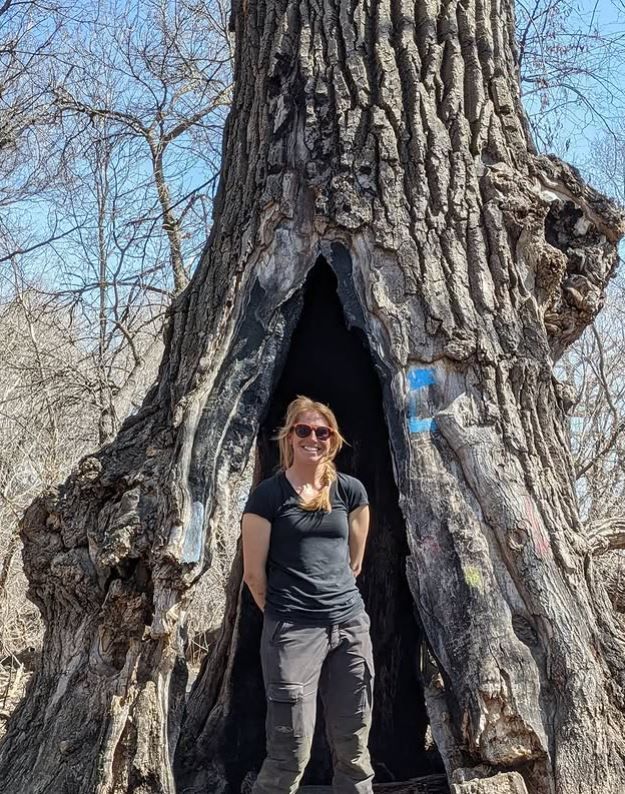
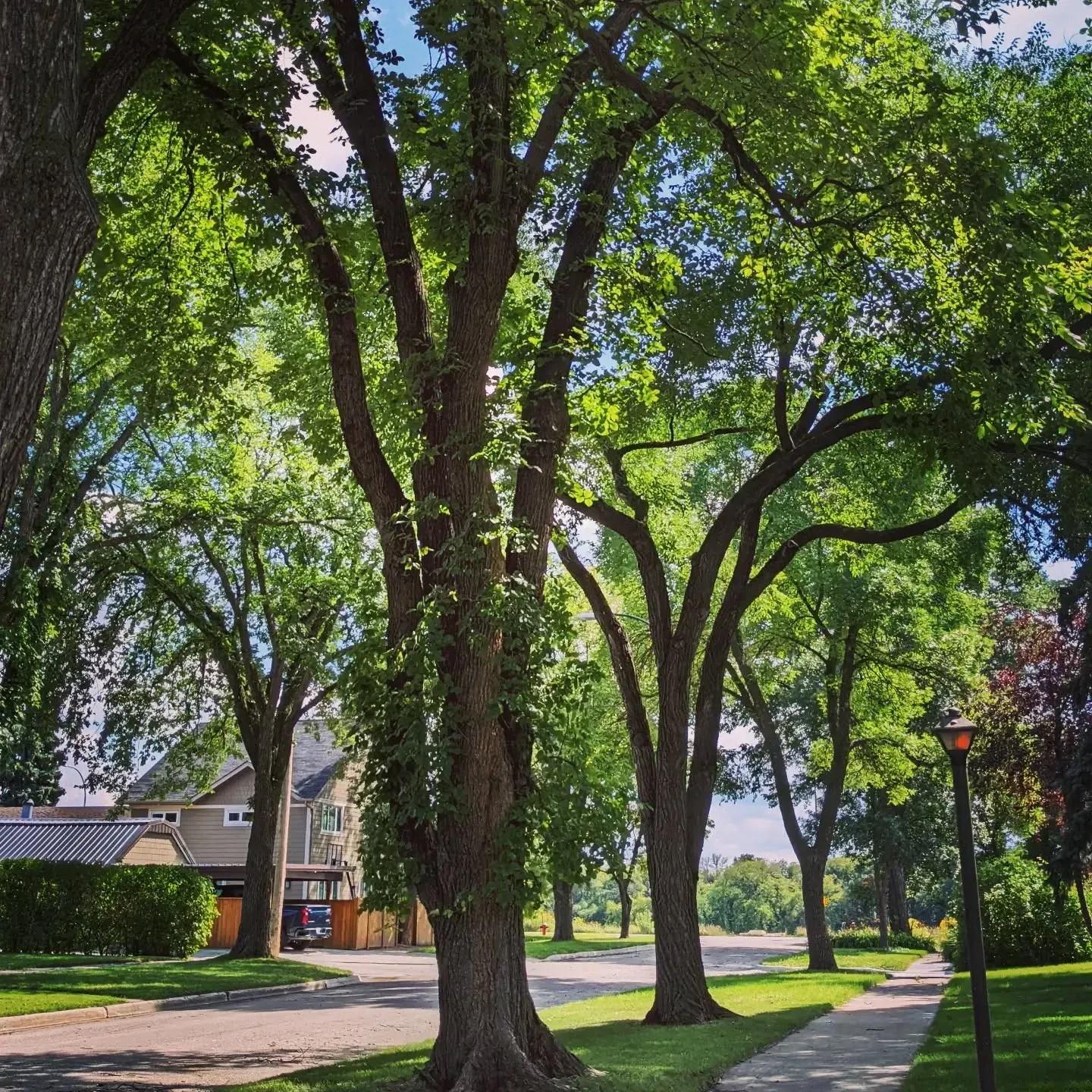
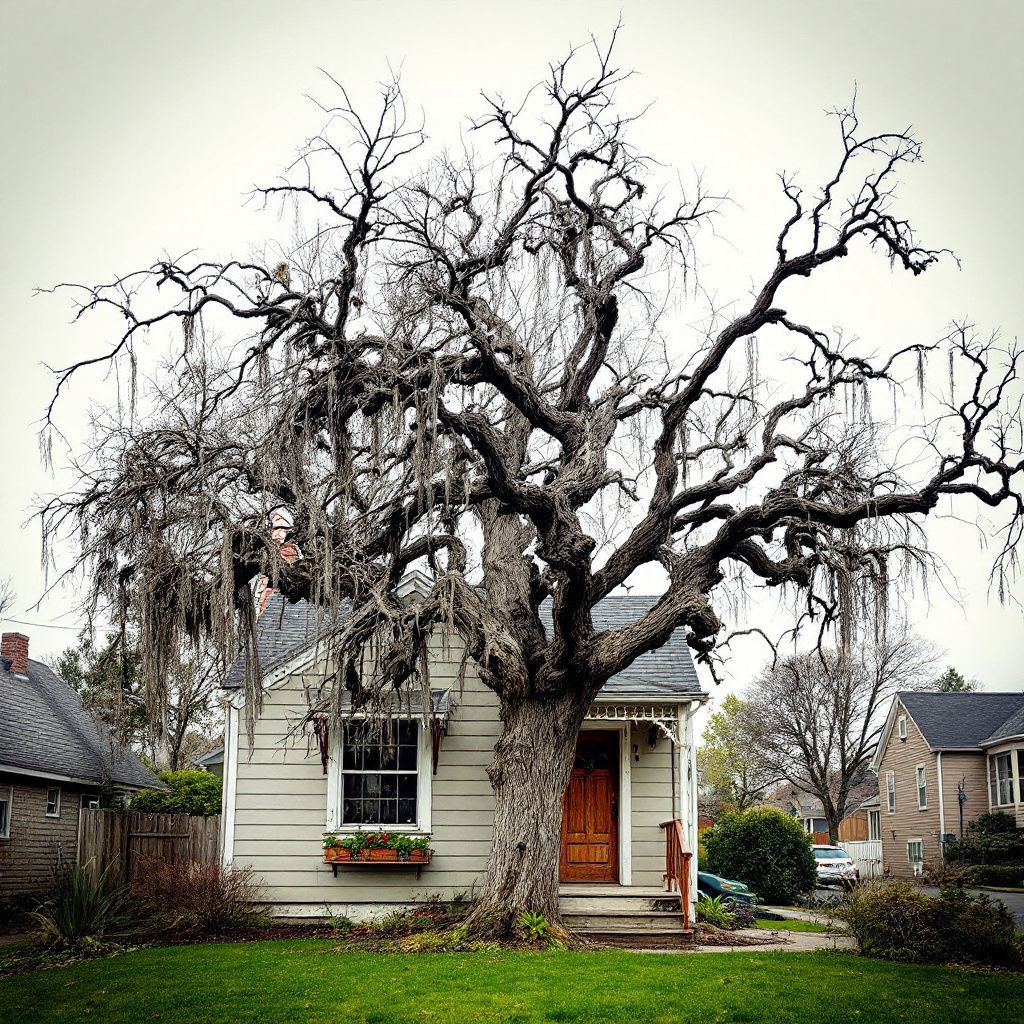
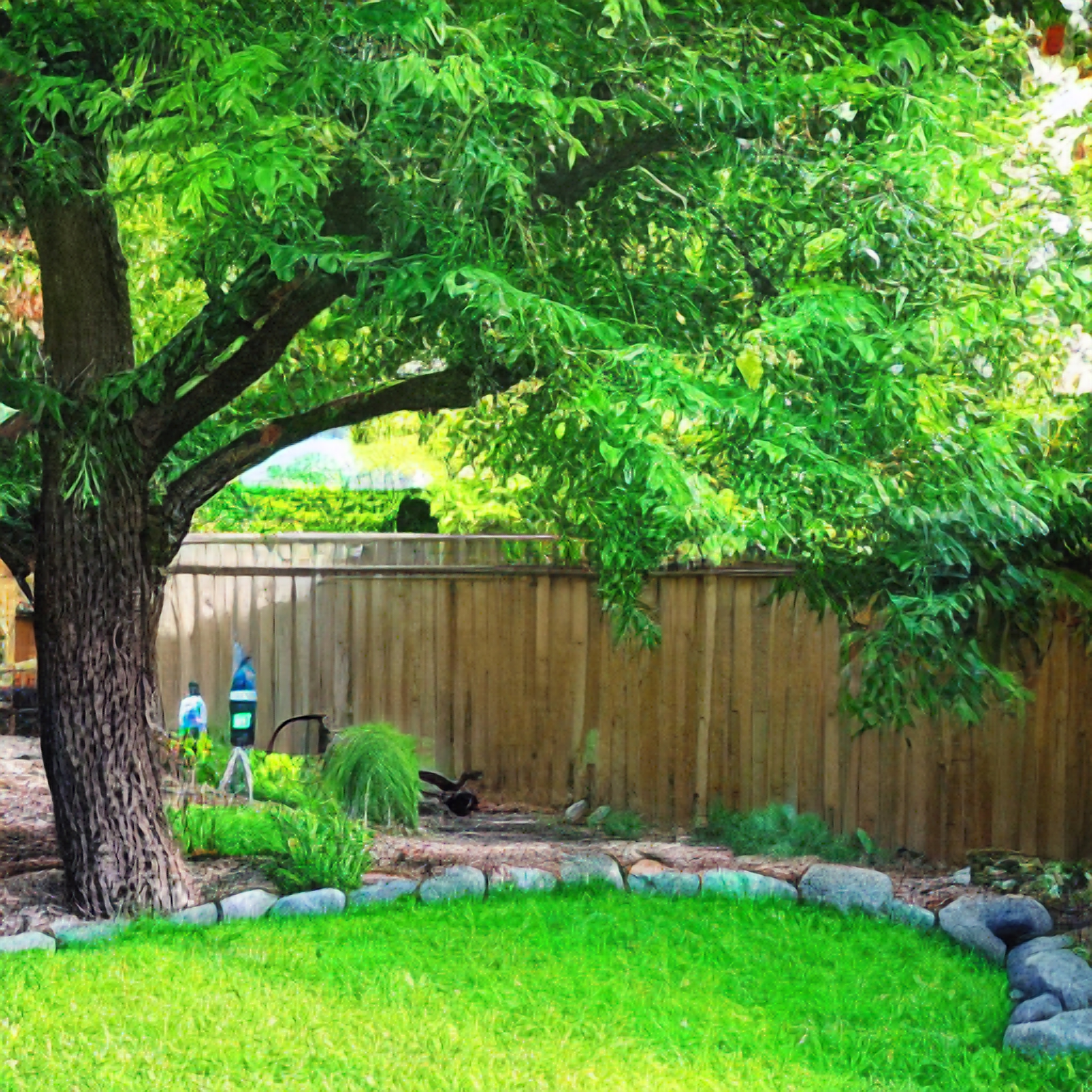
All Rights Reserved | TreeSolve



